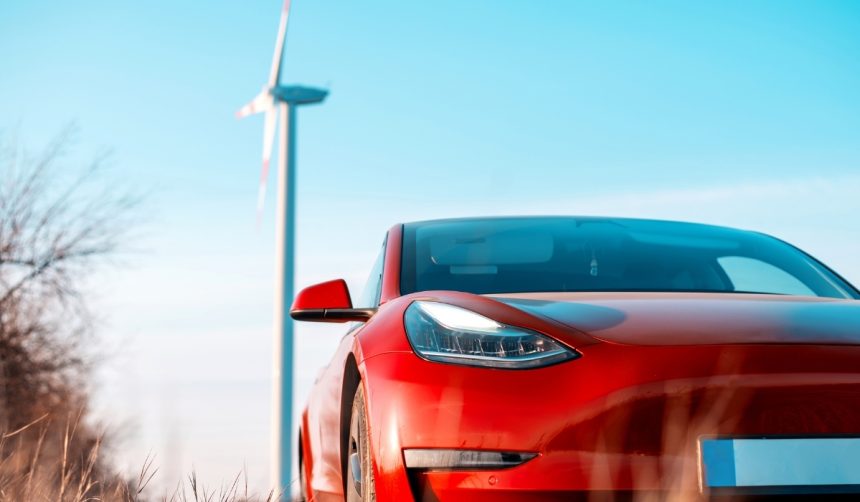Customers in several countries have noticed a big shift: Tesla has stopped accepting international custom orders for its Model S sedan and Model X SUV. The move draws attention to the youngest models now leading Tesla’s production focus, leaving some to speculate about the fate of the brand’s flagship vehicles. Shoppers seeking either car overseas now find pre-built inventory, not the usual comprehensive Design Studio – marking a tangible change in Tesla’s vehicle sales strategy outside North America. Uncertainty circles among enthusiasts and existing owners, wondering whether this signals a quiet departure for two vehicles that once symbolized Tesla’s ambition at the luxury end of the market.
Last year, similar discussions emerged after Tesla introduced only minor updates to both Model S and Model X, which many observers saw as a lack of investment in substantial improvements. Market share for these models has progressively declined as newer options like Model 3 and Model Y have captured consumer demand globally. At that time, speculation grew regarding the longevity of the flagship models, especially as the production volume had diminished steadily. The recent move to limit international orders resonates with analyses from previous years predicting a strategic reduction rather than an immediate discontinuation.
Why Has Tesla Halted International Orders?
Tesla’s decision appears linked to the low sales volumes of Model S and Model X, which make the logistics of shipping custom builds internationally difficult to justify. Rather than accommodating individual configurations for global customers, the automaker will now focus on sending batches of pre-made vehicles, addressing both logistical complexity and cost. The move means prospective buyers in Europe and other non-U.S. regions are limited to available stock.
What Has Tesla Said About the Shift?
Tesla leadership has previously acknowledged the declining role of these models within their overall line-up, noting their small sales numbers compared to other offerings. Company representatives commented earlier that these vehicles would not see significant redesigns shortly. CEO Elon Musk remarked,
“We still manufacture Model S and Model X for sentimental reasons,”
capturing the brand’s emotional attachment, while Lars Moravy similarly confirmed,
“There’s a plan for these vehicles to receive attention, but changes will be minor.”
Is This the End for Model S and Model X?
Despite these limitations, it is unlikely the two vehicles will be immediately discontinued. Tesla may continue to produce limited numbers for the North American market and offer whatever overseas inventory remains. This shift indicates a gradual withdrawal rather than a swift cessation.
Tesla’s adjustment reflects a broader trend in the automotive industry, where brands focus resources on higher-volume models and markets with significant demand. For interested customers, the move limits the variety and personalization formerly available, potentially pushing loyalists toward other models such as the Model 3 or Model Y. Notably, the slow phase-out aligns with market realities without outright confirming an end date, keeping options open for the flagship vehicles’ twilight years.
Consumers considering a purchase should act promptly if they desire a Model S or Model X, as choices will likely narrow further. Auto industry watchers point to the efficiency-driven logic behind Tesla’s decision, noting the brand is prioritizing production where the market is most robust. With inventory-bound sales replacing custom configurations, international buyers will need to adjust their shopping approach for these models. Those interested in long-term support and updates should monitor Tesla’s communications for further information.










